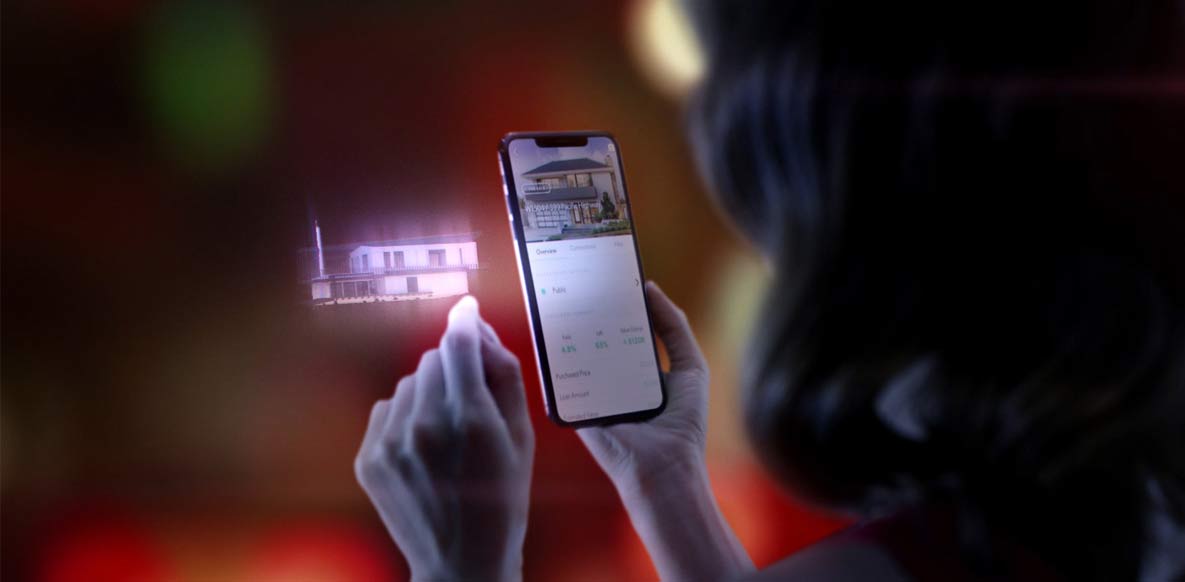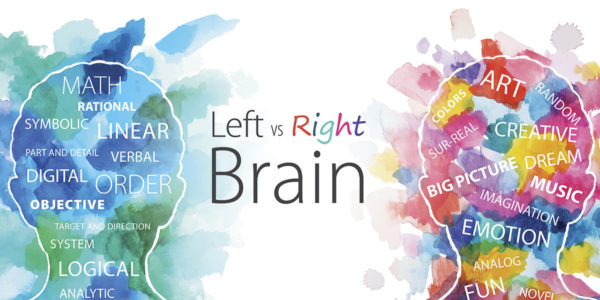Imagine playing a version of Minecraft or Fortnite that literally extends off of your phone. Or watching a best friend or child appear as a hologram above your phone. Or working in an open source platform that enables anyone to create, watch and interact in 3D.
That reality is coming.
Two years ago, I was invited to serve as a board member for a new visual technology solutions provider, IKIN Inc. The company’s founder and CTO, Taylor Scott, is a brilliant software developer with the singular vision of creating the first 3D hologram platform that enables anyone to create, watch and interact with holograms — without goggles or special glasses.
Think the hologram Princess Leia in “Star Wars.” They want to replace Leia with you, your family, your experiences, and anything else you can imagine.
In Taylor’s own words:
“We have re-imagined and re-engineered how people will enjoy mobile experiences through new user visual technologies, including volumetric and holographic media design and gameplay.”
– Taylor Scott, Founder/CTO
When I first heard about it, I was a bit skeptical. Having owned a branding and marketing firm for 30 years, I have worked with a lot of very successful and unsuccessful start-ups and emerging brands in many different industries including technology, web, retail, financial, healthcare and entertainment. I’ve witnessed a lot of different types of technologies succeed and fail. What impressed me about IKIN was how far along this technology was.
A little background. Holography is a photographic technique that reproduces a three-dimensional image by using light wave patterns recorded on a photographic plate or film.
Holographic technology has been pursued by a number of companies, including Microsoft Hololens, Magic Leap, RealFiction, DeepFramem, HoloPlayer and HP Zvr, just to name a few.
There are three key challenge that all of those companies have not been able to accomplish:
1. Miniaturizing the technology to work on personal devices such as smartphones, tablets and desktops (and even TV’s)
2. Not requiring special eyewear
3. Making it affordable
Many of those companies have spent billions for technology that was simply too expensive or not available.
Think of hologram displays as the next step in making digital content more human-compatible, interactive and affordable. We all see the world in 3D, but our computers and smartphones display a 2D version of that world, which is artificial. So the possibility of looking at and interacting with a 3D image on our phone is extremely compelling. What would be the ramifications of this technology if applied to the world of engineering, medicine, retail, transportation, education, gaming, movies and social media? It would be huge.
Any skepticism I had diminished after working with Taylor and the executive team at IKIN. Over the last several months I have watched their vision of IKIN come to life. They have figured out how to bring the 3D hologram experience to everyone in an affordable and user-friendly way.
They have developed the first open source hologram platform.
I have personally witnessed the proof of concept, called RYZ. RYZ is the delivery system that enables smartphones to seamlessly display a 3D hologram image. It’s a small, lightweight, thin case that can attach to any smartphone and display 3D, volumetric images in brilliant color and clarity, with full touch interactivity, easily seen even in bright sunlight.
RYZ comes with an app that makes it easy to convert any 2D image to a live 3D hologram. It has advanced facial tracking, allowing it to understand surrounding environments, while identifying what the retina should see at every angle and perspective. Holograms naturally follow the viewer’s eye, giving creators the freedom to create far more nuanced, life-like movements.
Joe Ward, IKIN’s CEO, points out that real-time delivery of holographic images on mobile devices can provide excellent monetization vehicles that will enable providers to differentiate their offerings and attract consumer interest and keep them coming back for more. Think about the effect of that applied to a product, service or experience.
“There is a tremendous amount of potential in communications, gaming, and business interactions that can be fulfilled through the inclusion of holographic content. We also see 5G as a great enabler for delivering interactive holographic capabilities.”
– Joe Ward, CEO
There is one thing that is certain. Holography will provide an evolution for visual content that will likely present huge advantages for businesses. It will become a foundational cornerstone for new modes of communications and social media.
“This is an open book where this nascent technology will take us, but when we can engage the imagination and skill of scores of software developers, the market demand has the potential to explode exponentially.”
– Taylor Scott, Founder/CTO
Apple created Facetime to enable a more personal, hassle-free video calling service. Facetime enables better emotional connections. RYZ takes this idea and technology to an even higher level.
The RYZ is currently in production. For more information, please visit www.ikininc.com.
About:
Los Angeles based Sagon-Phior, a full service marketing and branding agency, utilizes emotional branding to build better relationships between a brand and an audience. Emotional branding enables more effective ways to increase brand awareness, loyalty and sales while revealing insights to better understand important, often unseen, patterns of consumer behavior.
Sagon-Phior has successfully applied this unique practice to many national and global brands in the technology, healthcare, banking and lifestyle industries. For more information, go to Sagon-Phior.com









